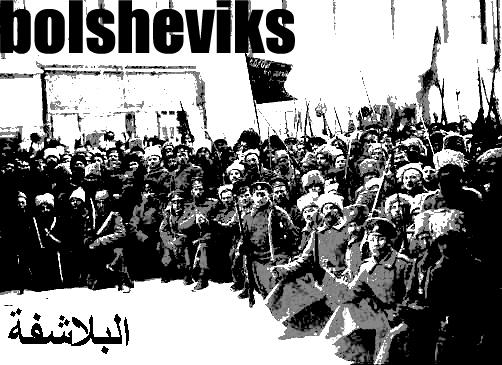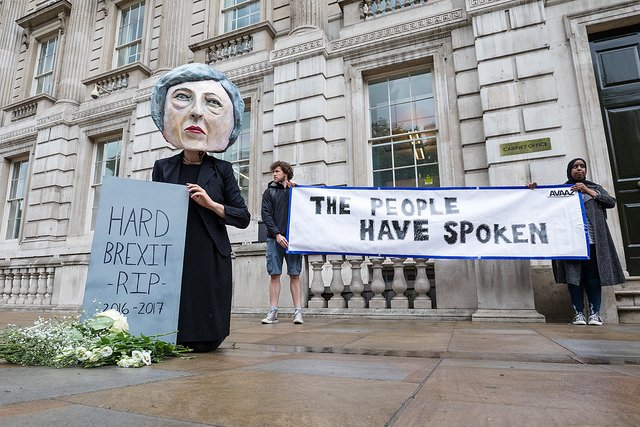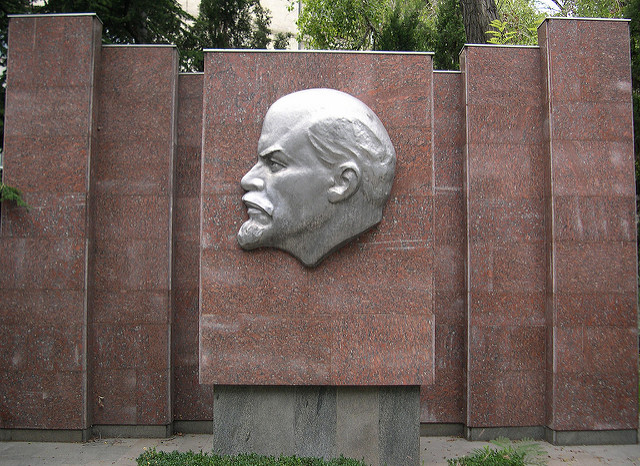Most leftists have no idea what to do with Muslims. Should we be empowered as a disenfranchised minority? Should we be forced to adopt “European values”? It’s complicated, but interestingly, the early Soviet Union was remarkably intelligent about this. Just after the Bolshevik revolution, the state used innovative policies to approach the Russian Empire’s brutally oppressed Muslim minorities. Dave Crouch’s The Bolsheviks and Islam is an excellent primer for understanding Moscow’s “Muslim policy” before the rise of Stalin. For all of Lenin’s failings, he appears to have gotten this right.
Rather than acting like Islam needed to be crushed, the Bolsheviks recognized the social and economic realities affecting Muslims, and attempted to tailor socialist policy towards those realities. As far back as 1909, Lenin was opposed to separating any member of the working-class from their religion, calling leftists who called for such an abolition “infant school materialists.” He personally thought that it was political suicide to ask deeply religious people to abandon those beliefs before joining a revolutionary organization such as his own. This later translated into Soviet policy. The Bolsheviks understood that Islam functioned as a national identity for many Soviet Muslims, and that as a result, it was worthy of its right to self-determination.
National autonomy was declared, sacred monuments were returned, and Friday was declared the legal day of rest throughout Central Asia. Amazingly, the Bolsheviks even took measures to meet local demands for a Shariah court system. As the Russian Civil War drew to a close in 1922, Islamic courts were opened, and operated alongside Soviet legal institutions. The Soviet Legal Commissariat came to include a Shariah Commission to supervise the dual system, and a number of smaller commissions were also set up to figure out how to make Shariah work alongside the Soviet codes. The balance was uneasy, owing to historical context. Extreme sentences like the removal of limbs were cut out, and “vices” such as alcohol consumption were a bit of a grey area at times. However, the Bolsheviks got the core idea right: Muslims would have the option of a more relevant and culturally accessible legal system, so long as it adapted to the state’s core principles. Similar policies were implemented when it came to education.
These experiments basically ended with Stalin. Stalinists began vicious campaigns against Islam, targeting “crimes against custom,” and veiling in particular. Forced unveiling began at mass meetings starting in the late 1920s, and Islam was attacked as a barrier to progressive transformation. The Bolsheviks’ earlier policies became a memory. Crouch’s work on this should be read critically, since he clearly wishes to redeem Lenin when it comes to religious freedom. There was still much to be desired, and it is entirely possible that Lenin was simply biding his time until the state was strong enough to move against Islam outright.
The case study is still worth noting, though. Whatever the context, the early Soviet Union approached Islam as a state that was non-religious, not anti-religious. It sought to expand itself to accommodate Muslim citizens, rather than demanding that they swear fealty to European progressiveness and cosmopolitanism. The result was an attempted balance, which can be done today if countries like Britain undertake reforms such as allowing the option of Shariah courts when it comes to civil matters like marriage and small contracts. There is no reason that the liberal rule of law can’t be deepened to include Islamic justice, especially if the mixture is constantly being supervised and evaluated. Similar reforms are possible to allow for cultural studies programs, or even optional alternative schools for students of certain minority groups. Recalling Lenin here may not actually be that far-fetched. It would actually push a society that is more inclusive for everyone, Muslims included.
Photograph courtesy of Hossam el-Hamalawy. Published under a Creative Commons License.





